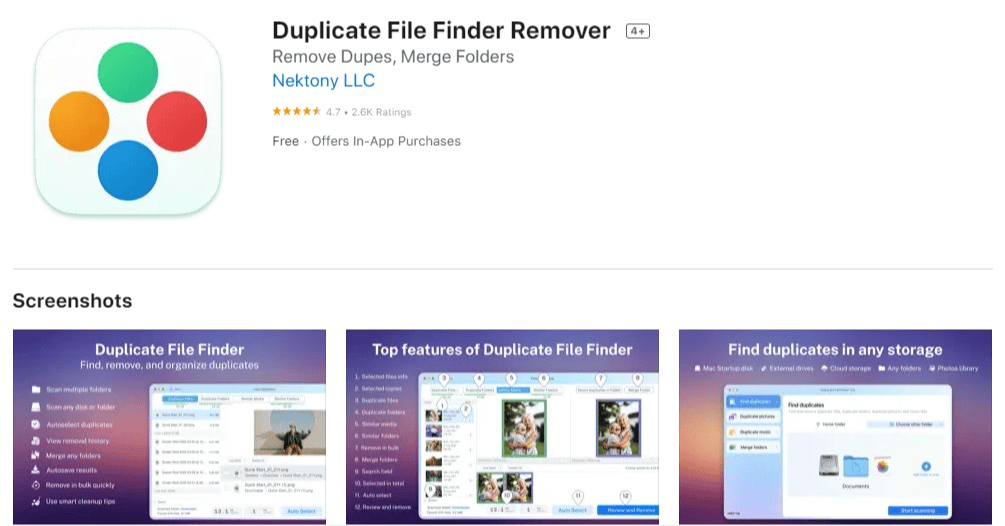5 Easy Steps to Find and Remove Duplicate Files on Your Mac – Have you ever checked your storage capacity and noticed that you’re running low on free space? If you’ve been saving, copying, and pasting files from one folder to another, it’s possible that you have duplicate files or folders taking up unnecessary space on your Mac. In this tutorial, we’ll show you how to find and delete duplicate files and folders on your Mac to free up some space.
Duplicate files and folders can take up valuable storage space on your Mac, which can slow down your device and make it difficult to save new files. By finding and deleting duplicates, you can free up space and improve the performance of your Mac. There are several methods you can use to find and delete duplicates, including using Smart Folders, Duplicate File Finder, third-party duplicate finder tools, and duplicate file cleaners.
5 Easy Steps to Find and Remove Duplicate Files on Your Mac
To find and delete duplicates, you’ll first need to locate the files and folders that are taking up unnecessary space. This can be done by using the search function in Finder, sorting files by size or name, or using a specialized tool like Duplicate File Finder or a duplicate file cleaner. Once you’ve identified the duplicates, you can delete them using the appropriate method. Whether you choose to delete them manually or use a specialized tool, be sure to carefully review the list of duplicates before deleting to ensure that you don’t accidentally delete something important.
-
Using Smart Folders
- Open Finder and select File > New Smart Folder in the menu bar.
- In the New Smart Folder window, click the [+] icon in the upper right corner.
- Set the dropdown menu to “name” and “matches”.
- In the search field, look for file names that you think might be duplicates.
- When you find the duplicates, delete them.
-
Using Duplicate File Finder

- Download and install Duplicate File Finder from App Store, a free Mac app that can help you find and delete duplicate files.
- Open the app and drag or select a folder to scan for duplicates.
- Click the Scan button and the app will show you the duplicate files in a graphical form.
- From here, you can clean up any files that are identified as duplicates.
-
Using a Third-Party Duplicate Finder Tool
- There are many third-party duplicate finder tools available for Mac that can help you locate and remove duplicate files and folders. Some popular options include Gemini 2, Duplicate Detective, and Duplicate File Finder.
- Download and install the tool of your choice.
- Follow the instructions provided by the tool to scan your system for duplicates.
- Review the list of duplicates and select the ones you want to delete.
- Confirm the deletion to free up space on your Mac.
- You can also read 20 Best Free Mac Apps for Productivity and Utility.
-
Manually Searching for Duplicates
- If you prefer to do things manually, you can search for duplicates on your own.
- Open Finder and use the search function to look for specific file names or types. For example, you can search for “*.jpg” to find all JPEG files.
- When the search results appear, sort the files by size, name, or other criteria to help you identify duplicates.
- Review the list of files and delete any duplicates you find.
-
Using a Duplicate File Cleaner

- Another option for finding and deleting duplicate files is to use a duplicate file cleaner tool. These tools are designed specifically to scan your system for duplicate files and give you the option to delete them in bulk.
- Some popular duplicate file cleaner tools for Mac include CleanMyMac X, CCleaner, and Easy Duplicate Finder.
- Download and install the tool of your choice.
- Follow the instructions provided by the tool to scan your system for duplicates.
- Review the list of duplicates and select the ones you want to delete.
- Confirm the deletion to free up space on your Mac.
By using these steps, you should be able to find and delete any duplicate files or folders on your Mac, freeing up valuable storage space. Just be sure to be careful when deleting files, as you don’t want to accidentally delete something important. If you’re unsure about a file, you can always move it to a different location or make a copy of it before deleting the original.
We hope these tips help you find and delete any unnecessary duplicate files and folders on your Mac. By freeing up some space, you’ll be able to keep your device running smoothly and efficiently.





![4 Ways to Open macOS Terminal [macOS Beginer Guide]](https://www.wpafk.com/wp-content/uploads/2022/12/4-Ways-to-Open-macOS-Terminal.png)

